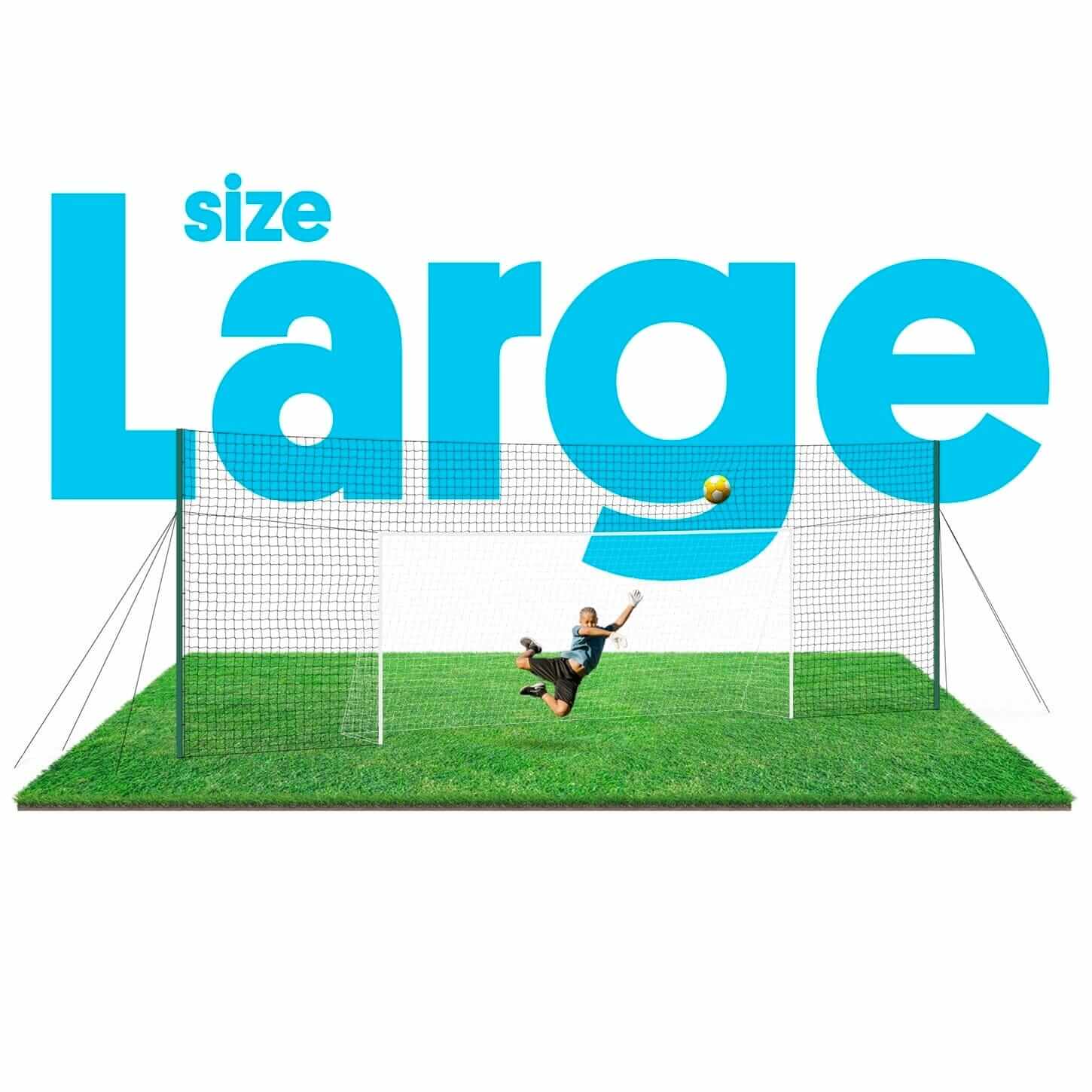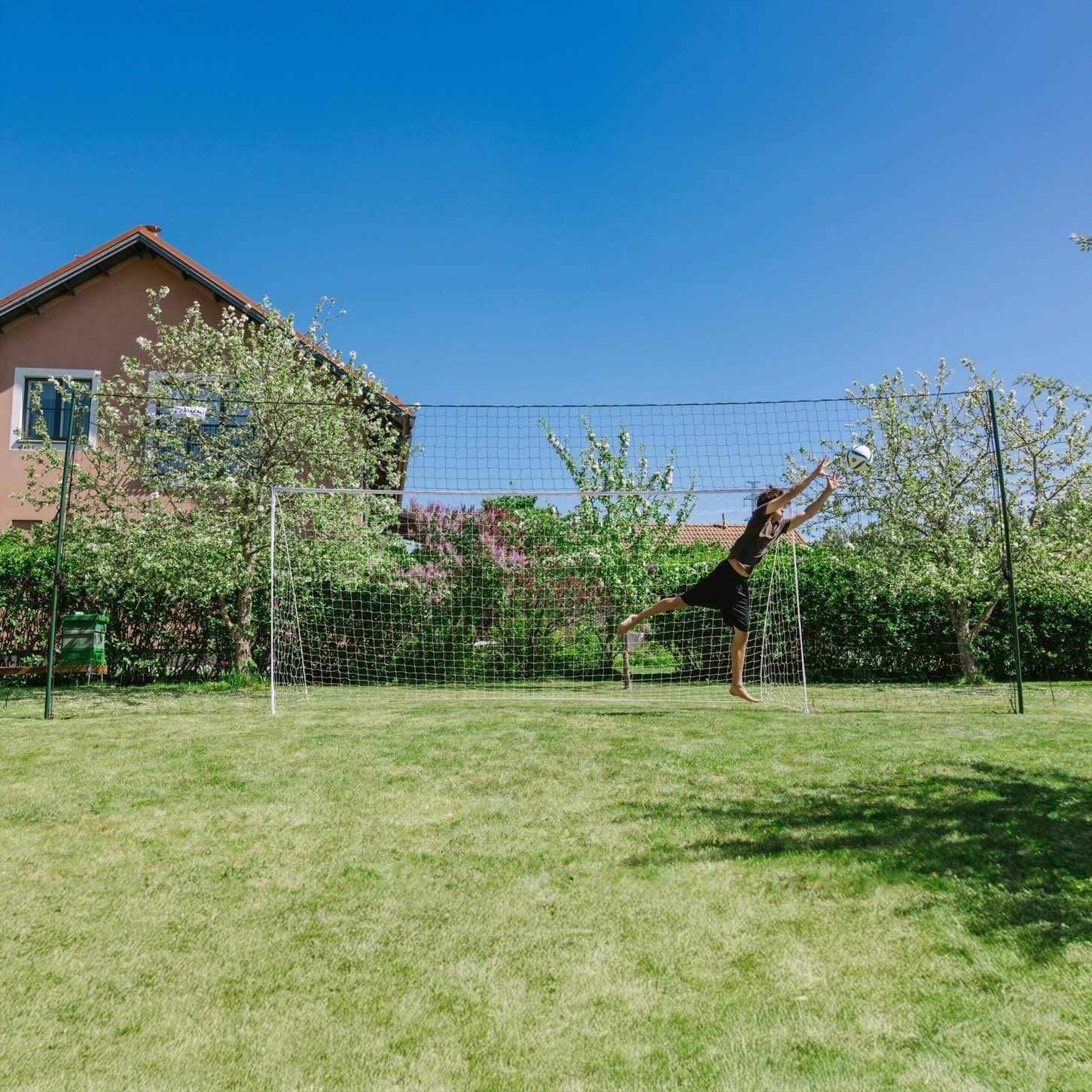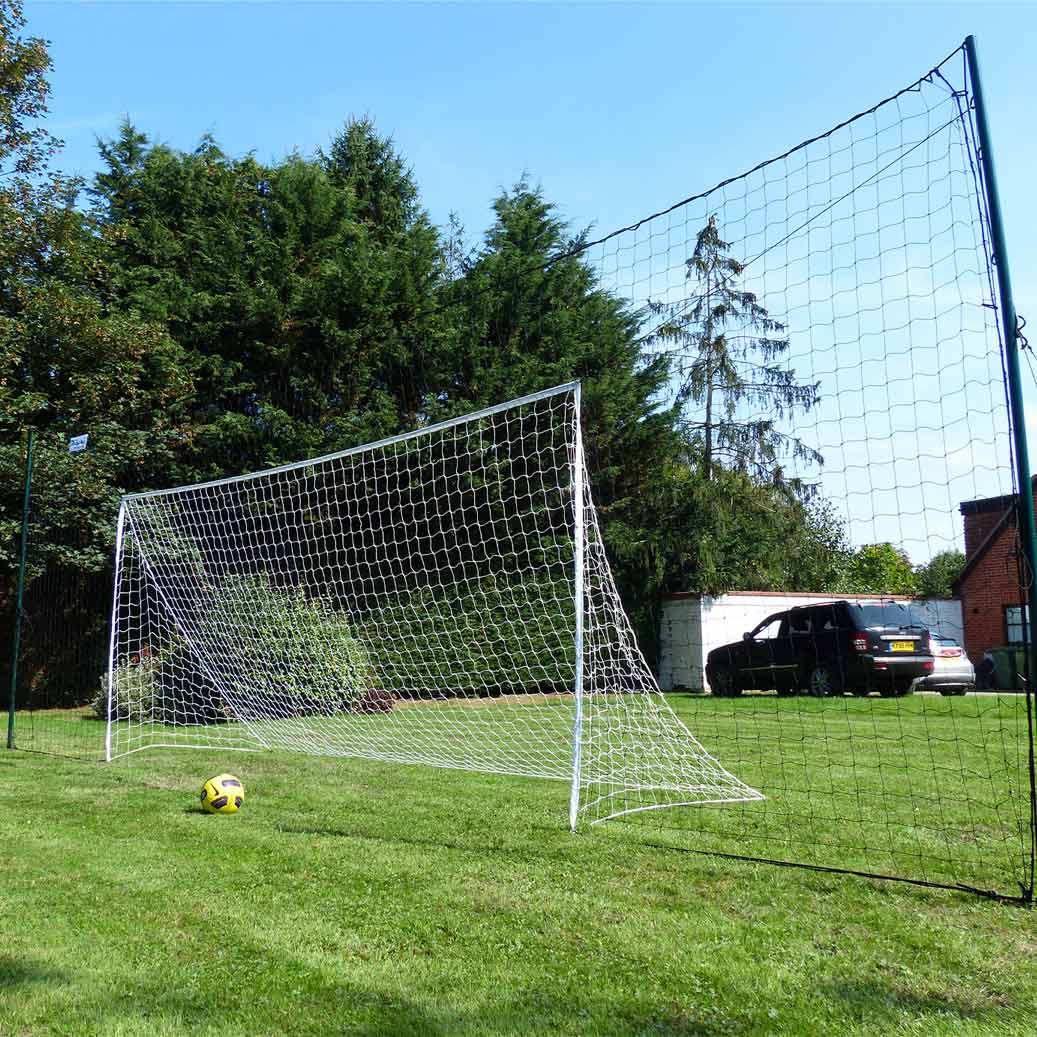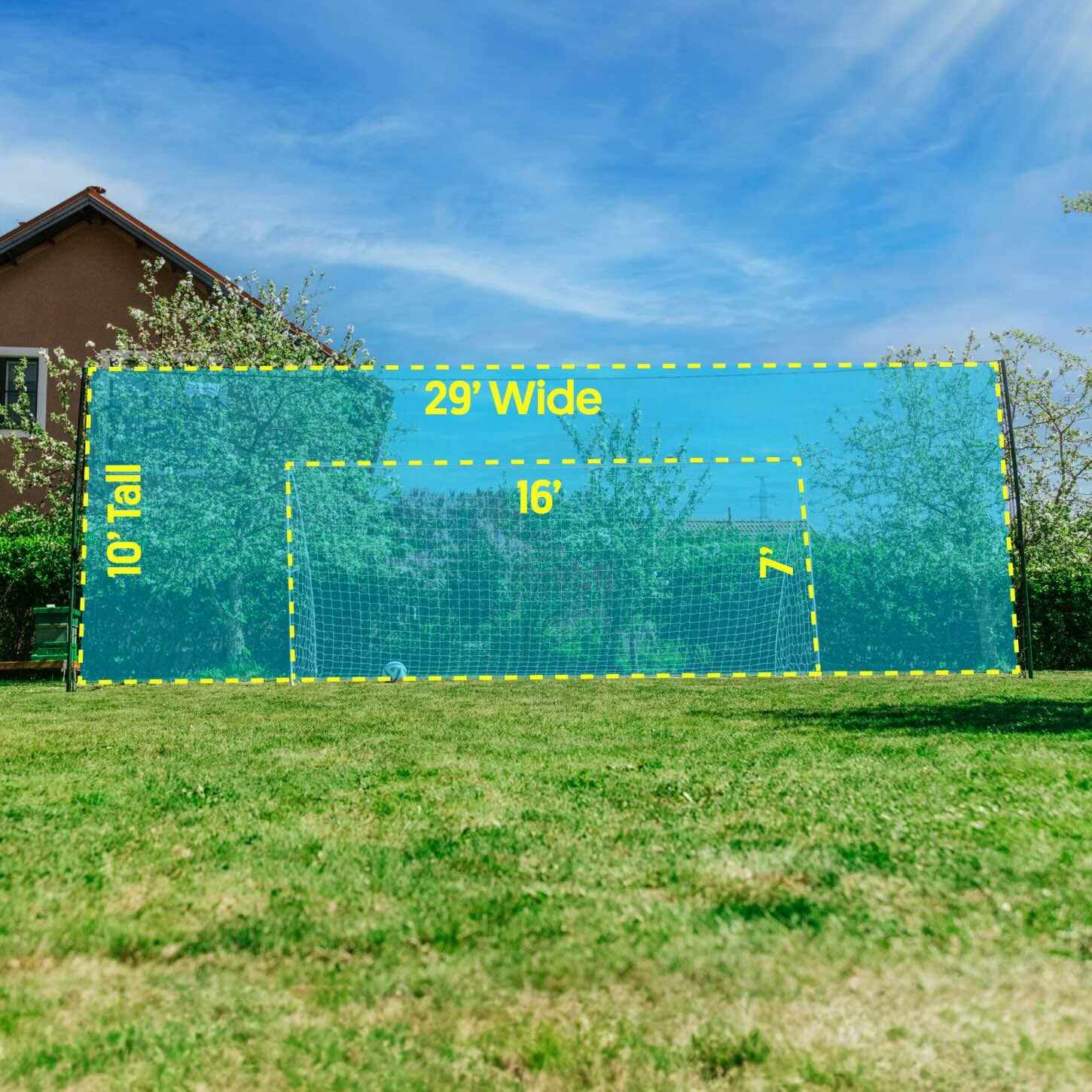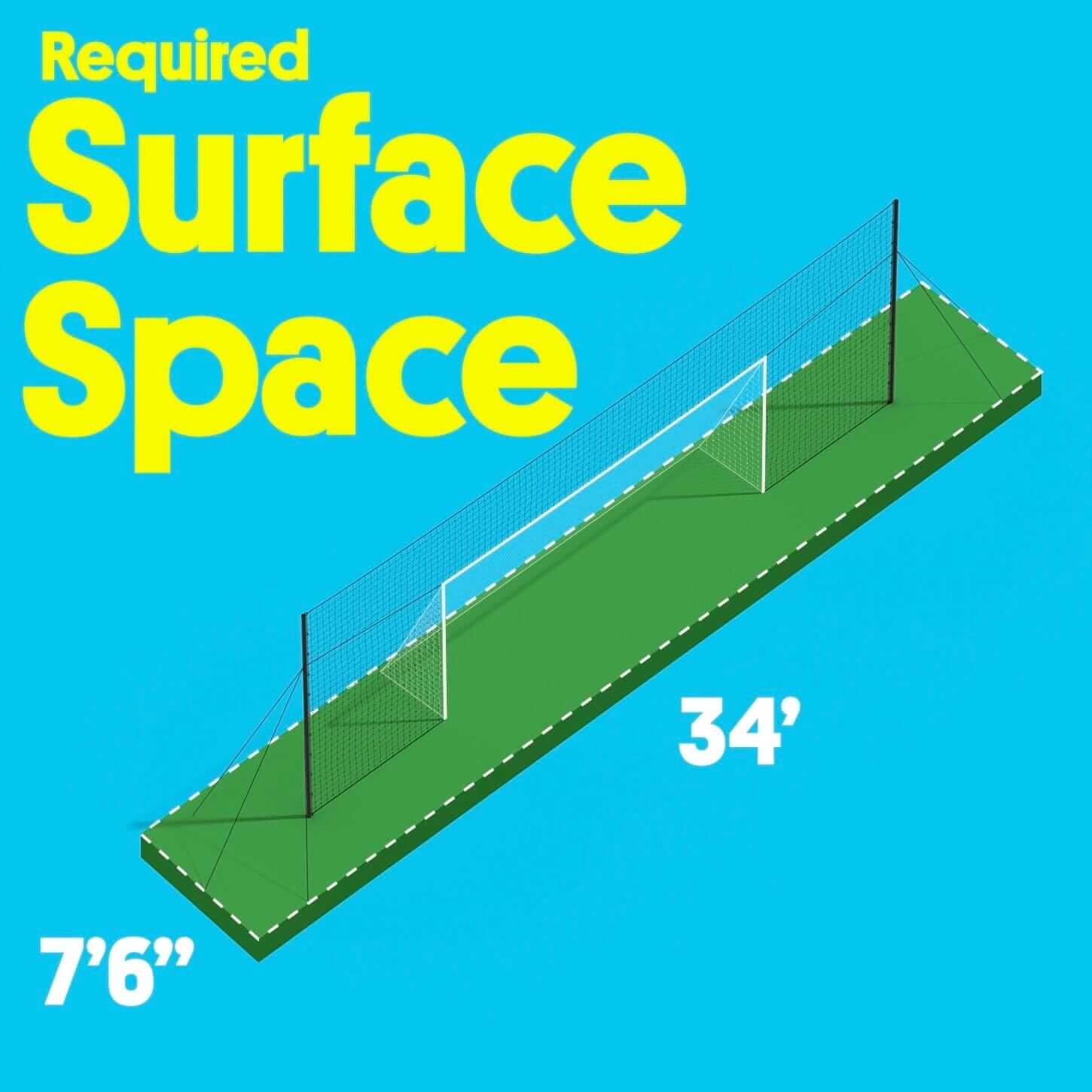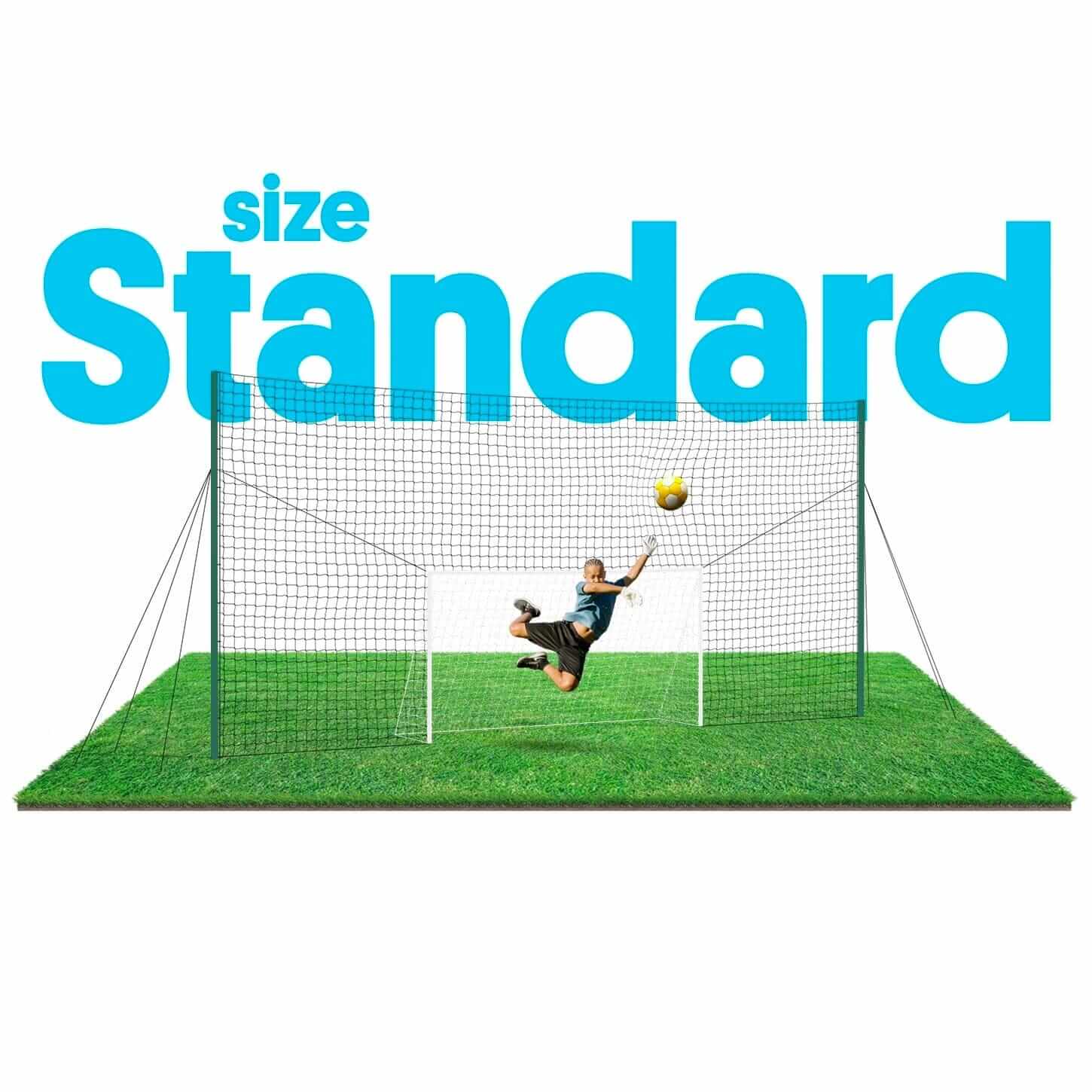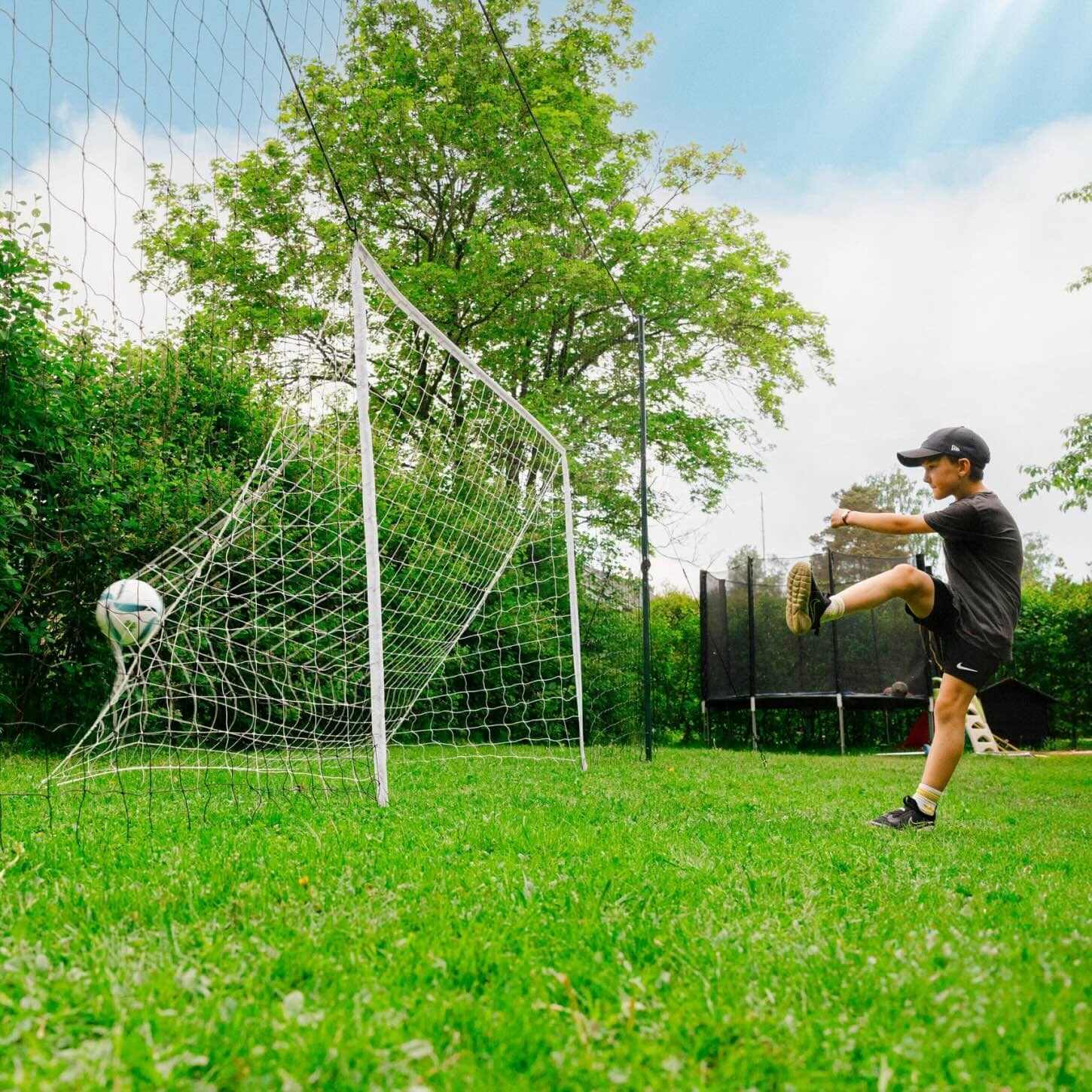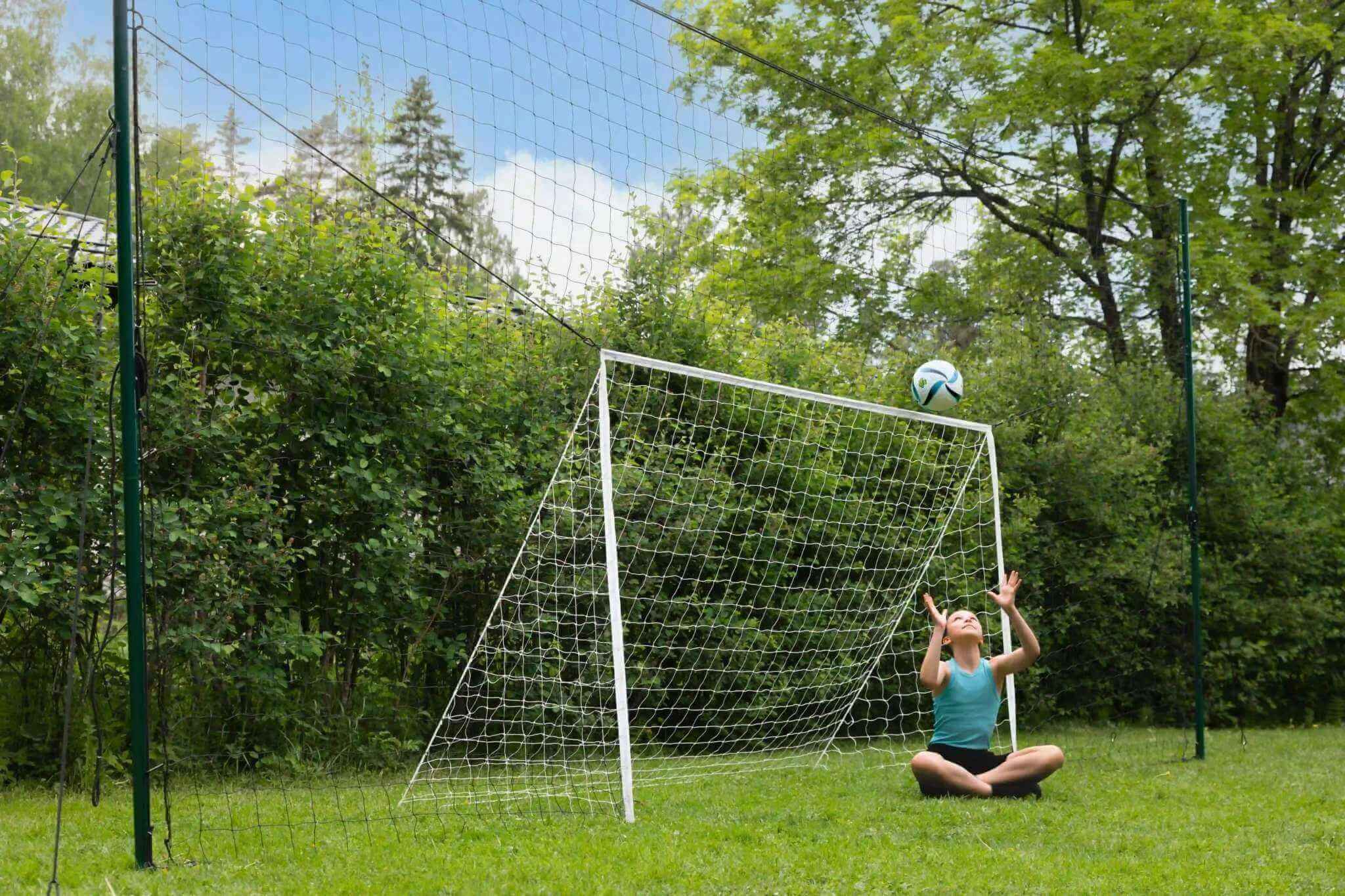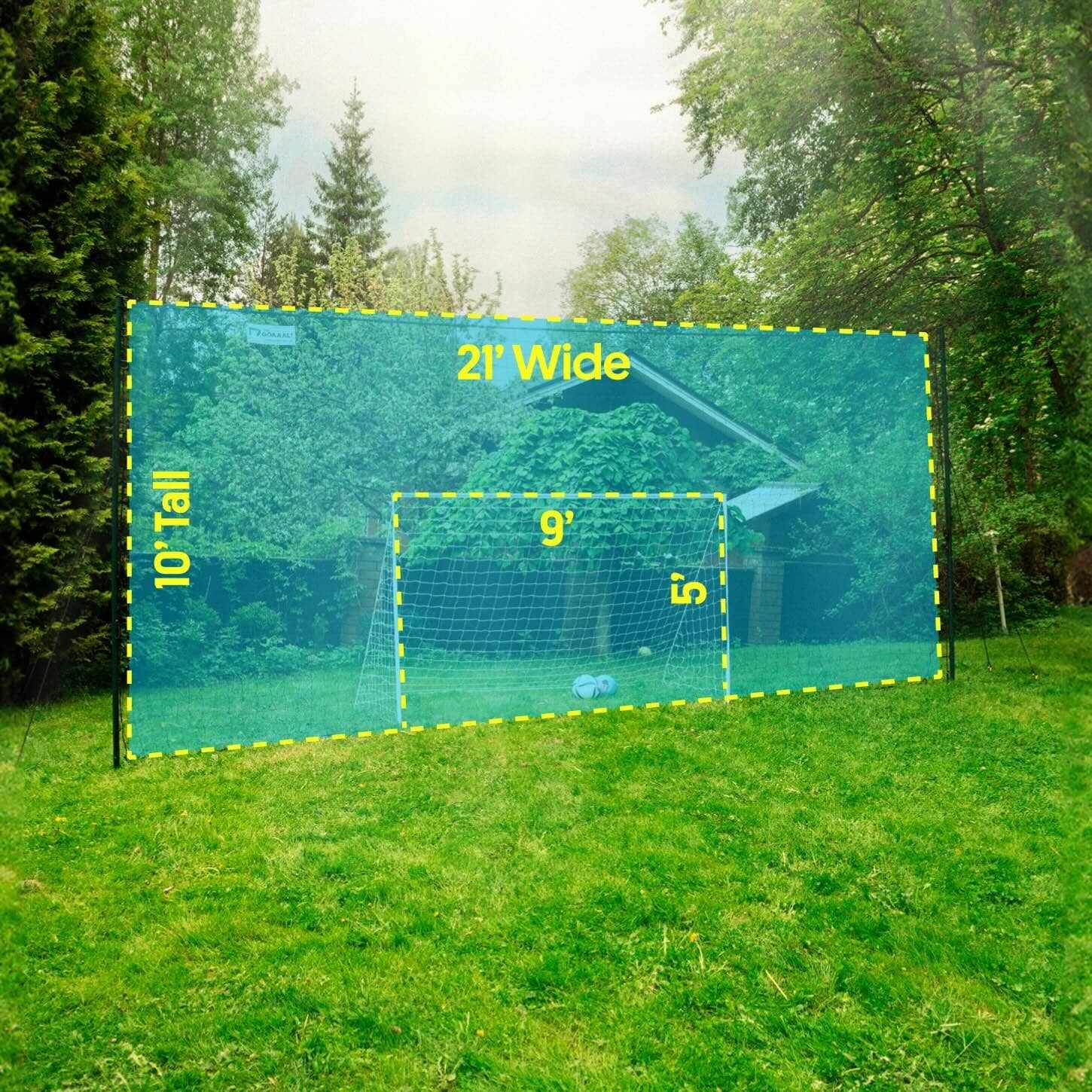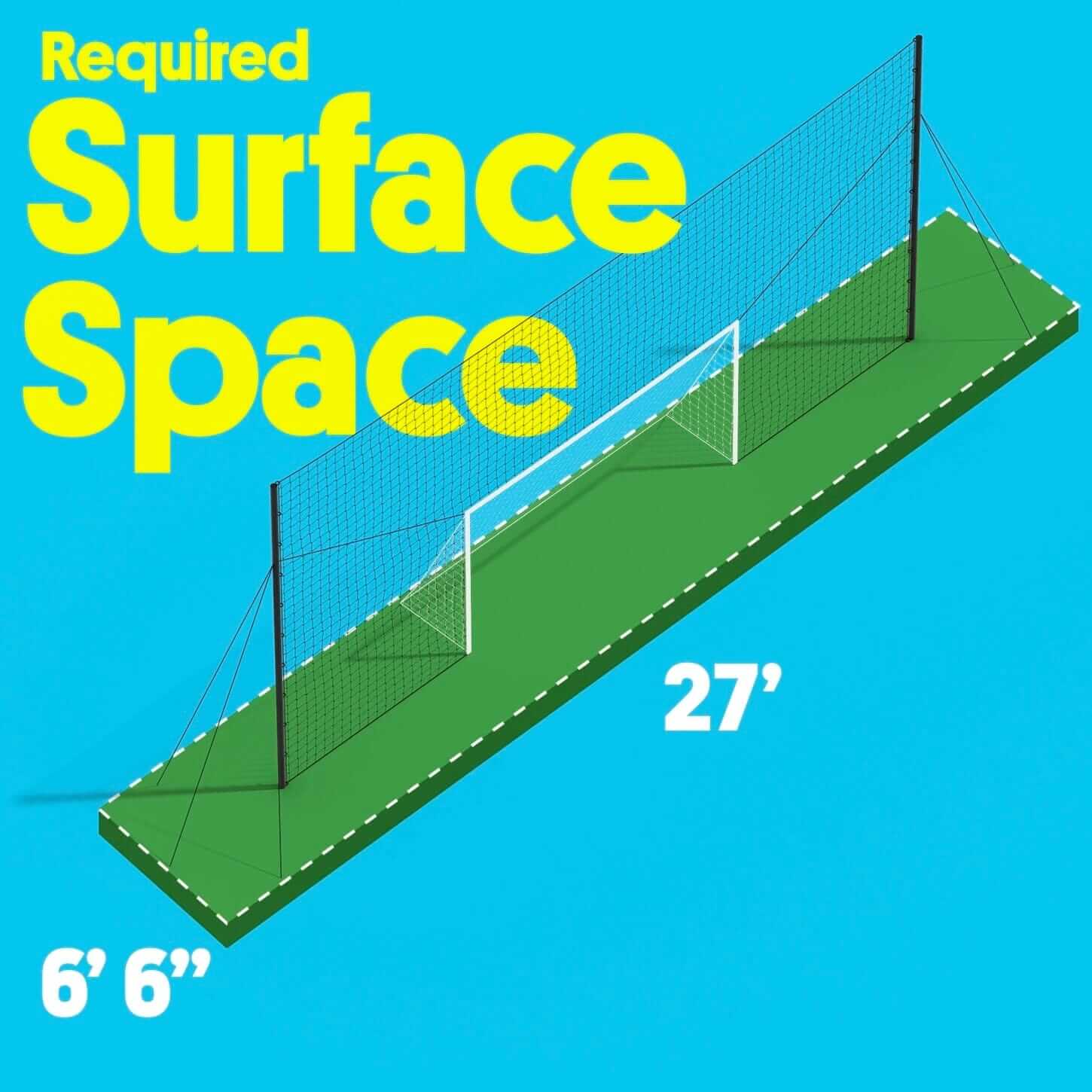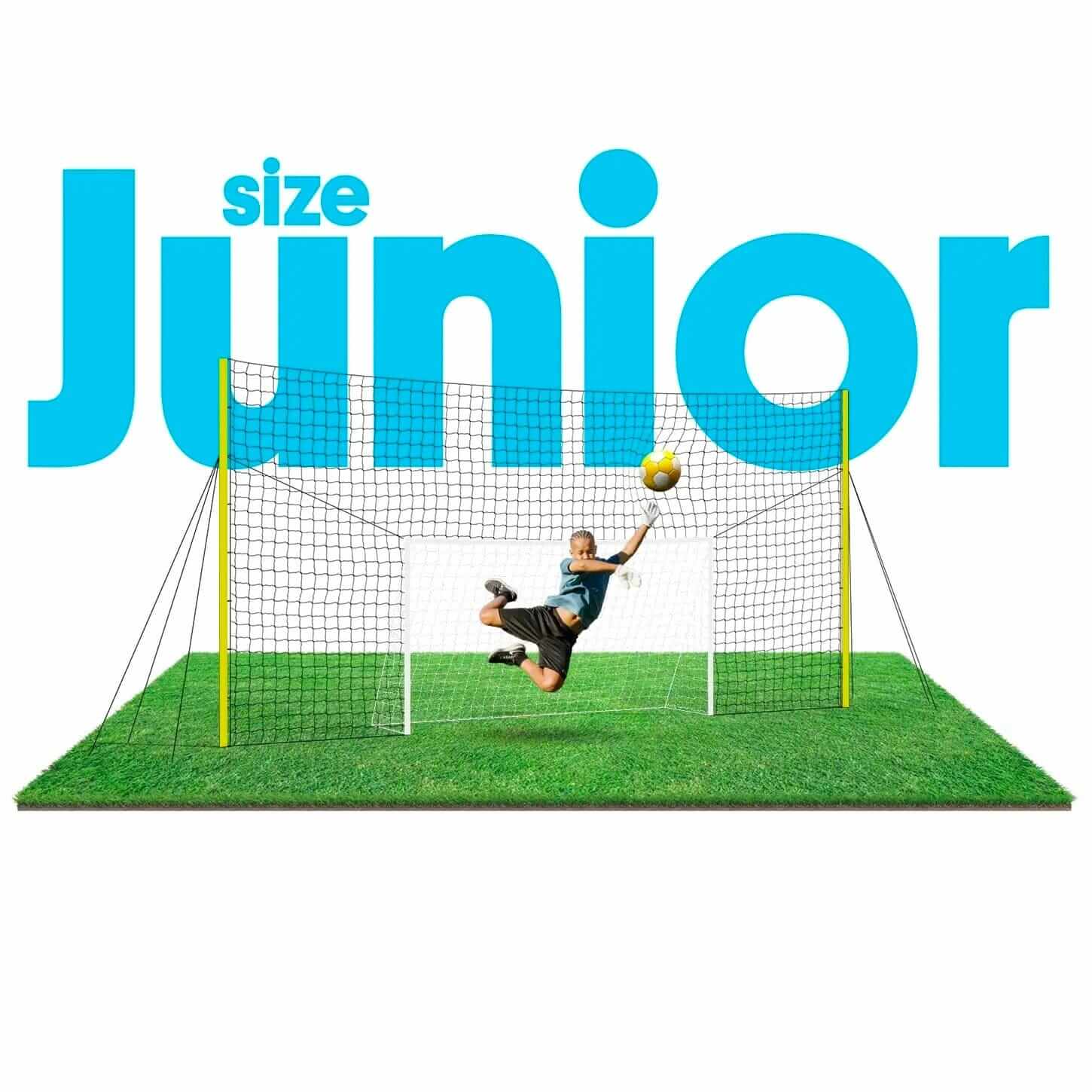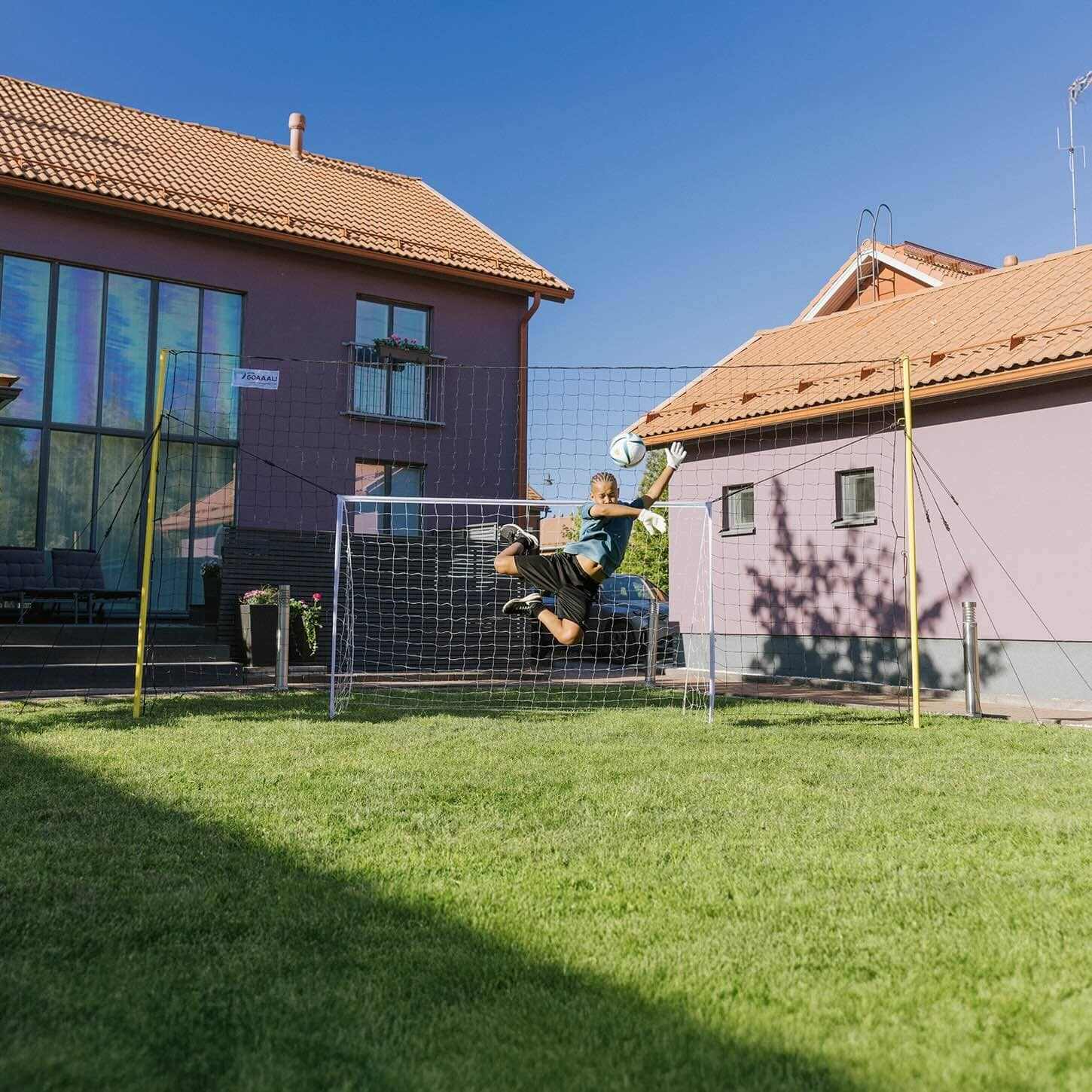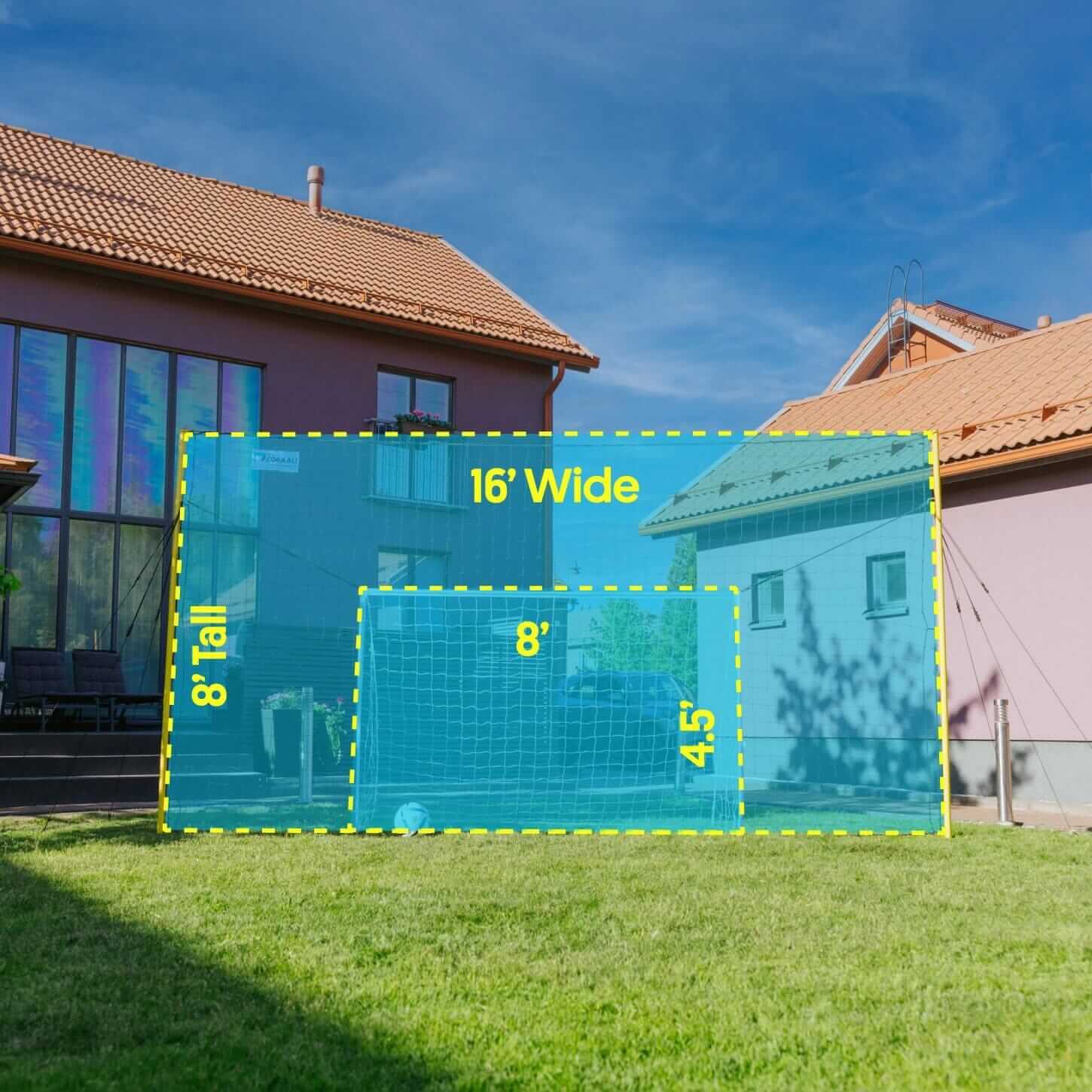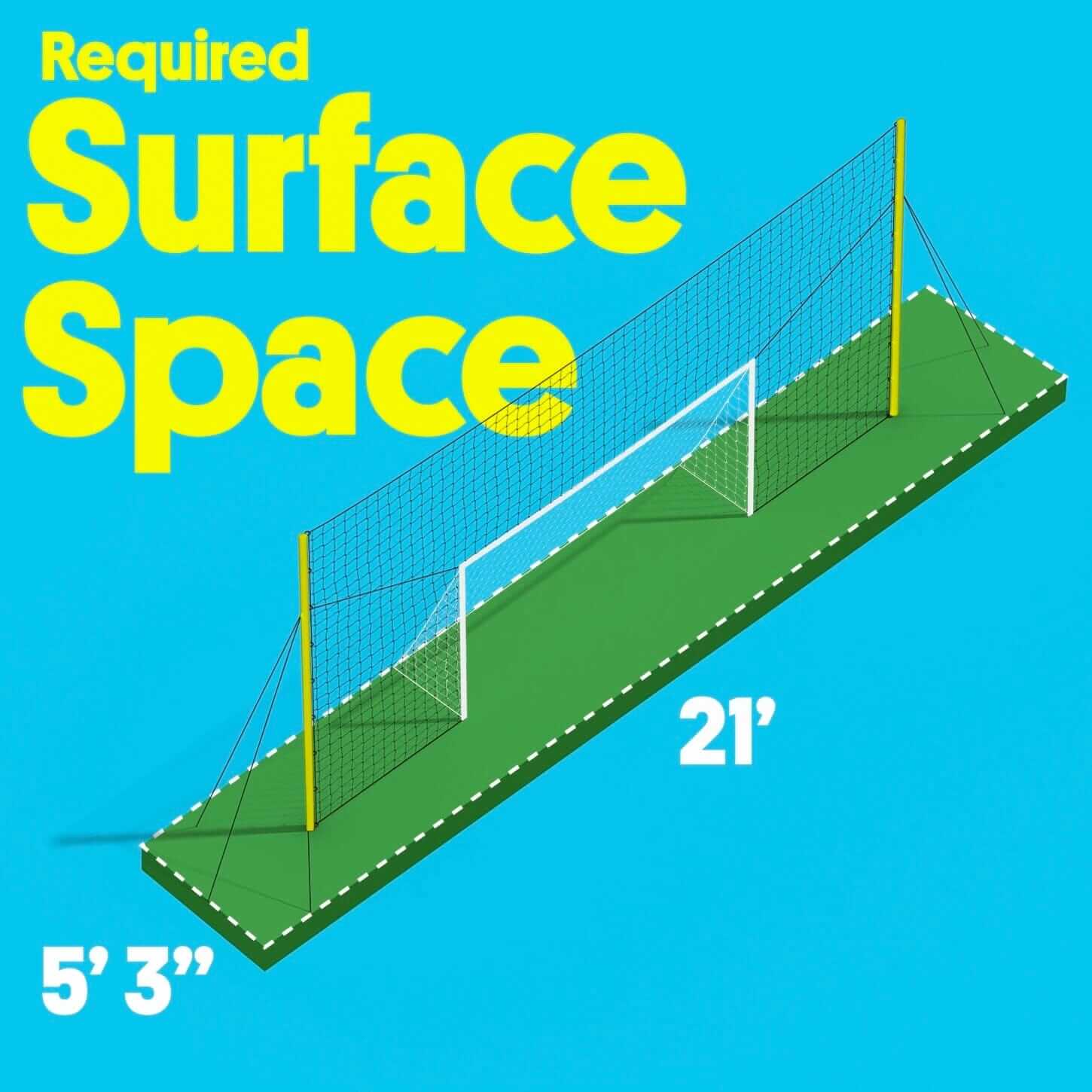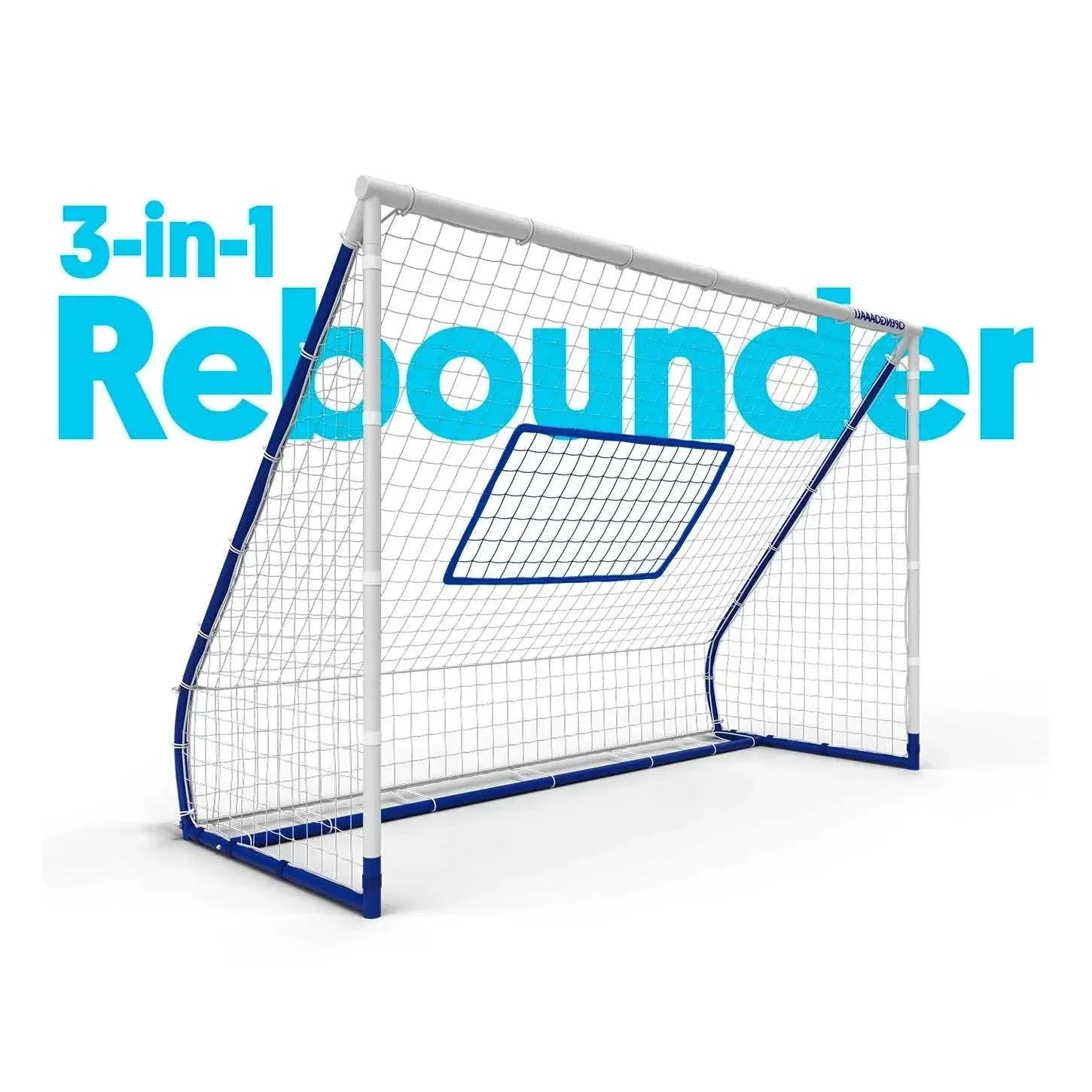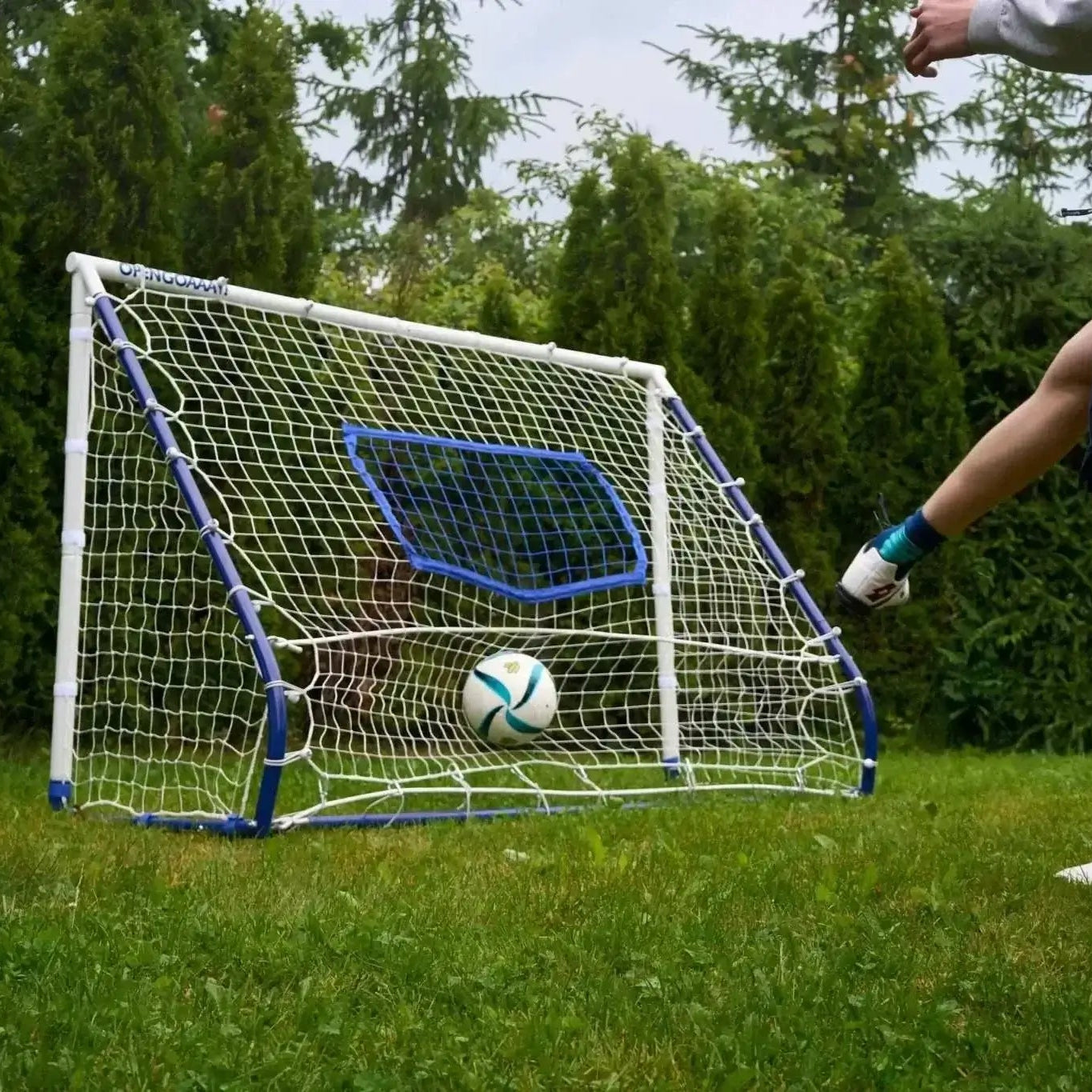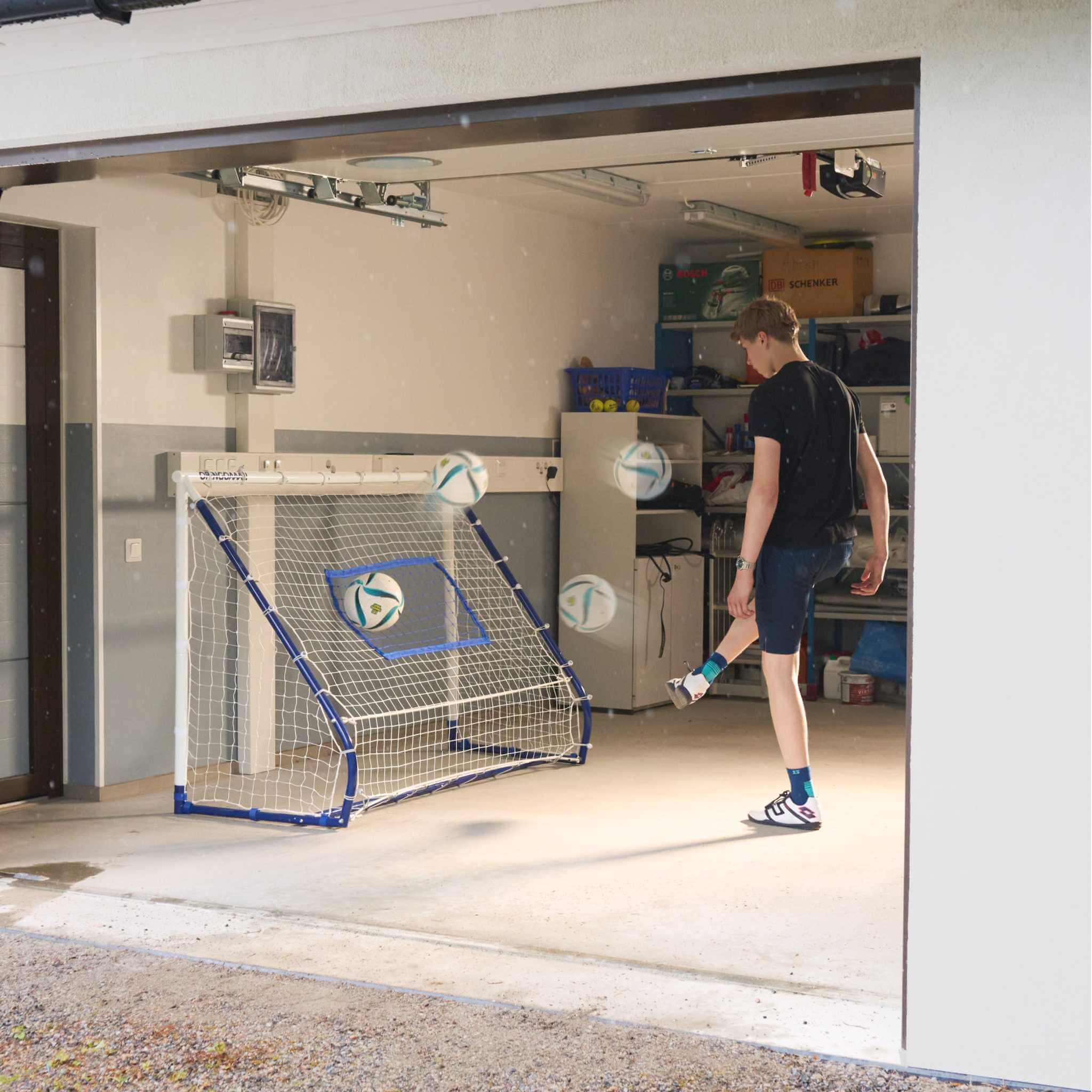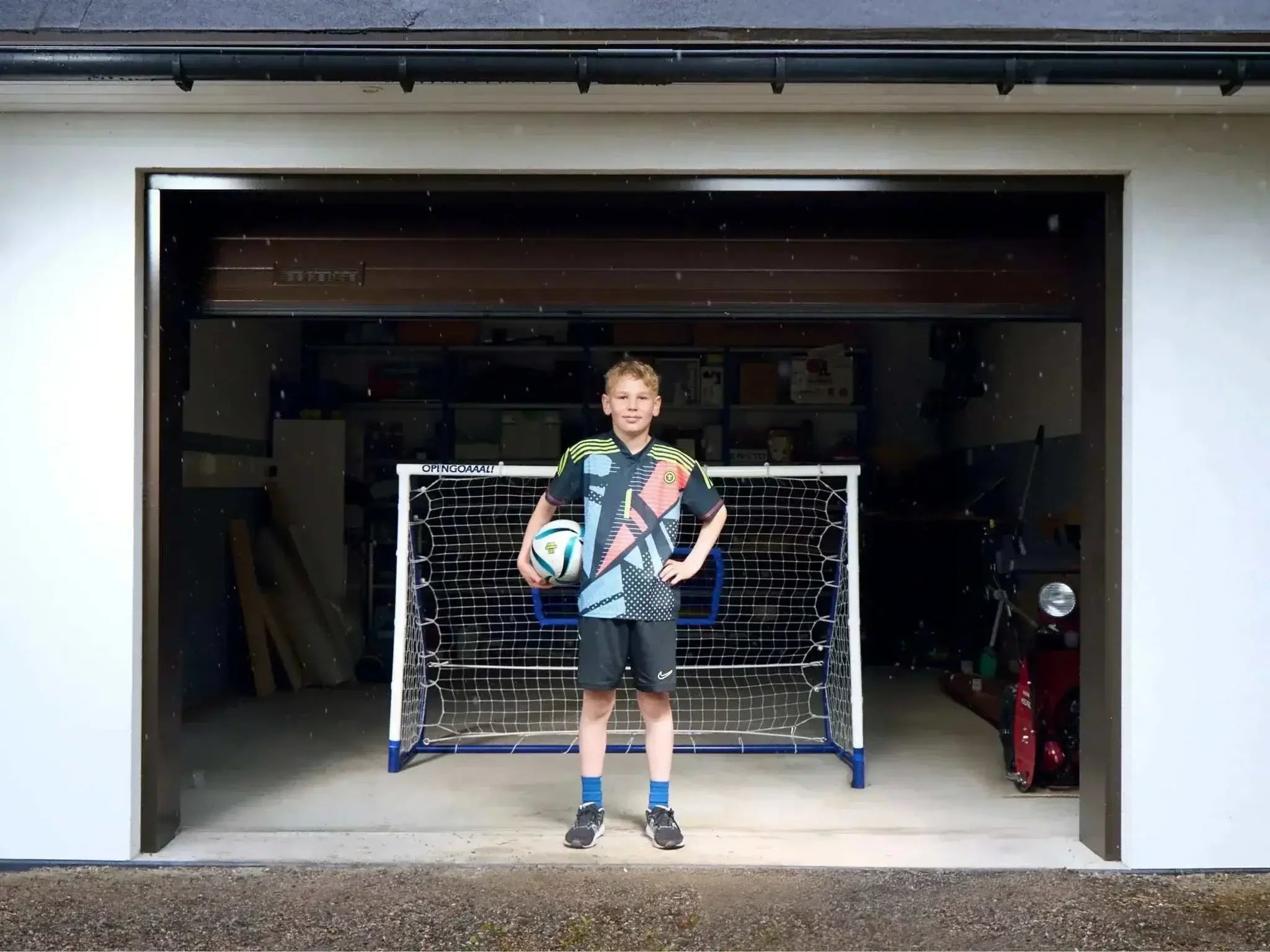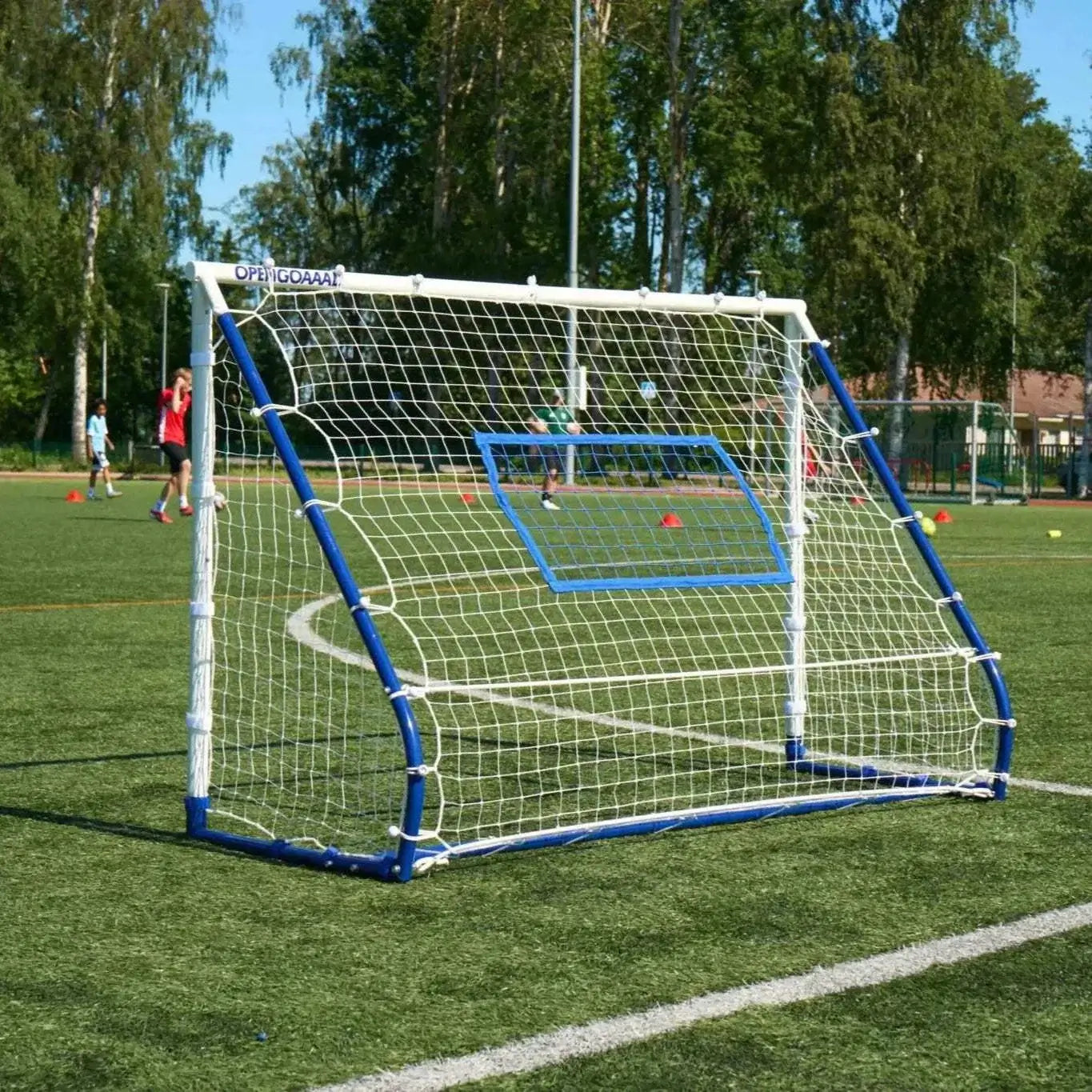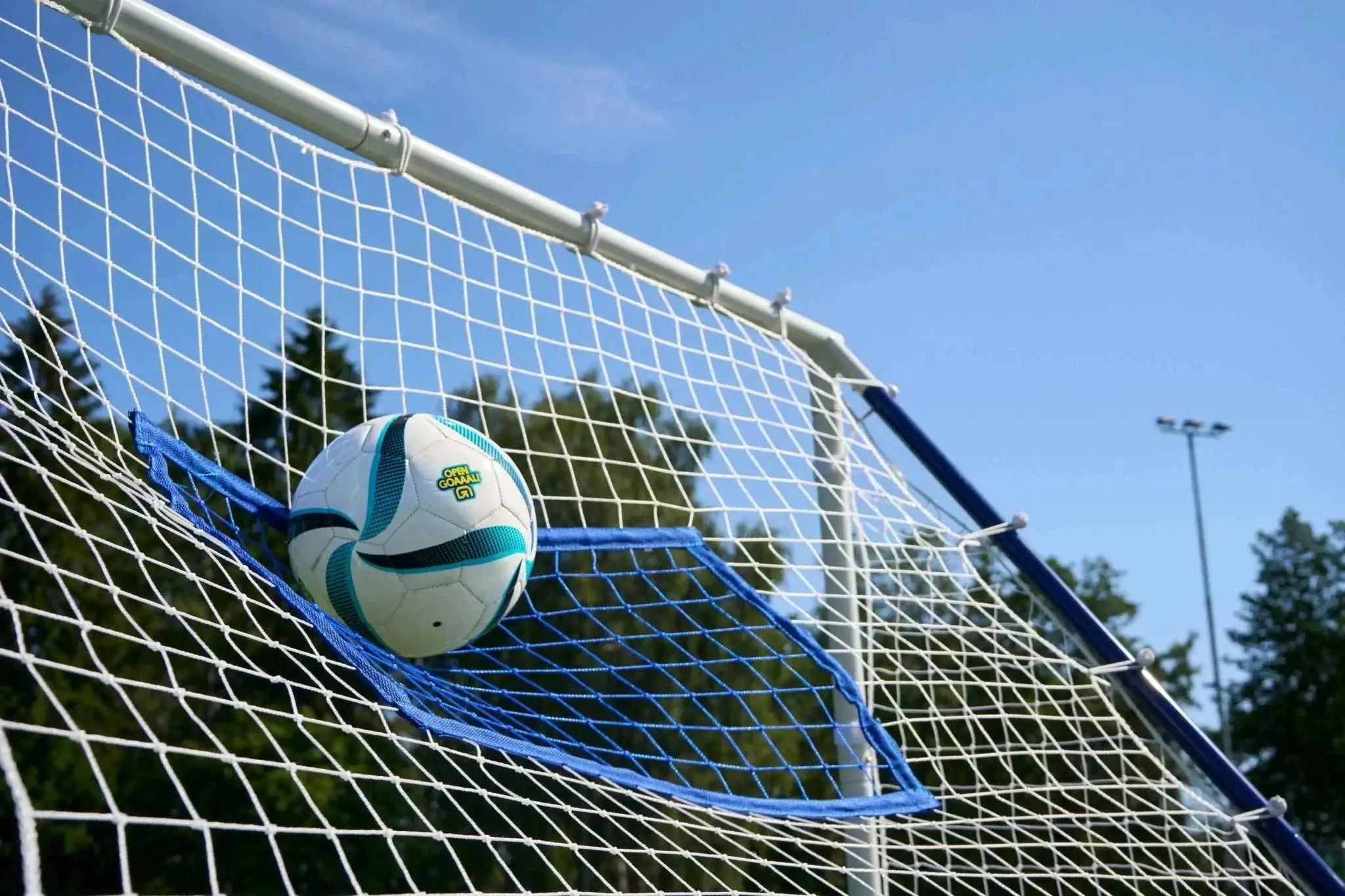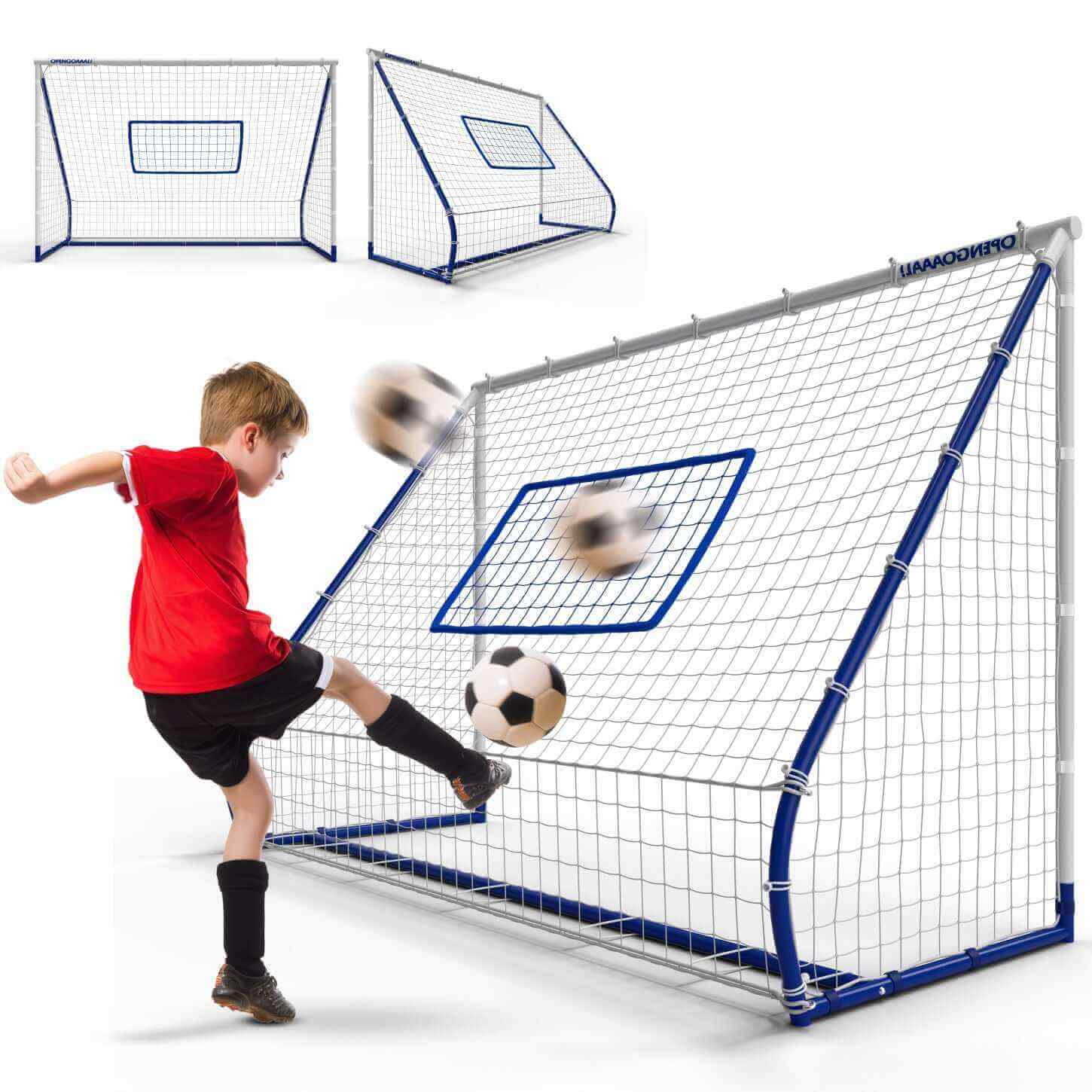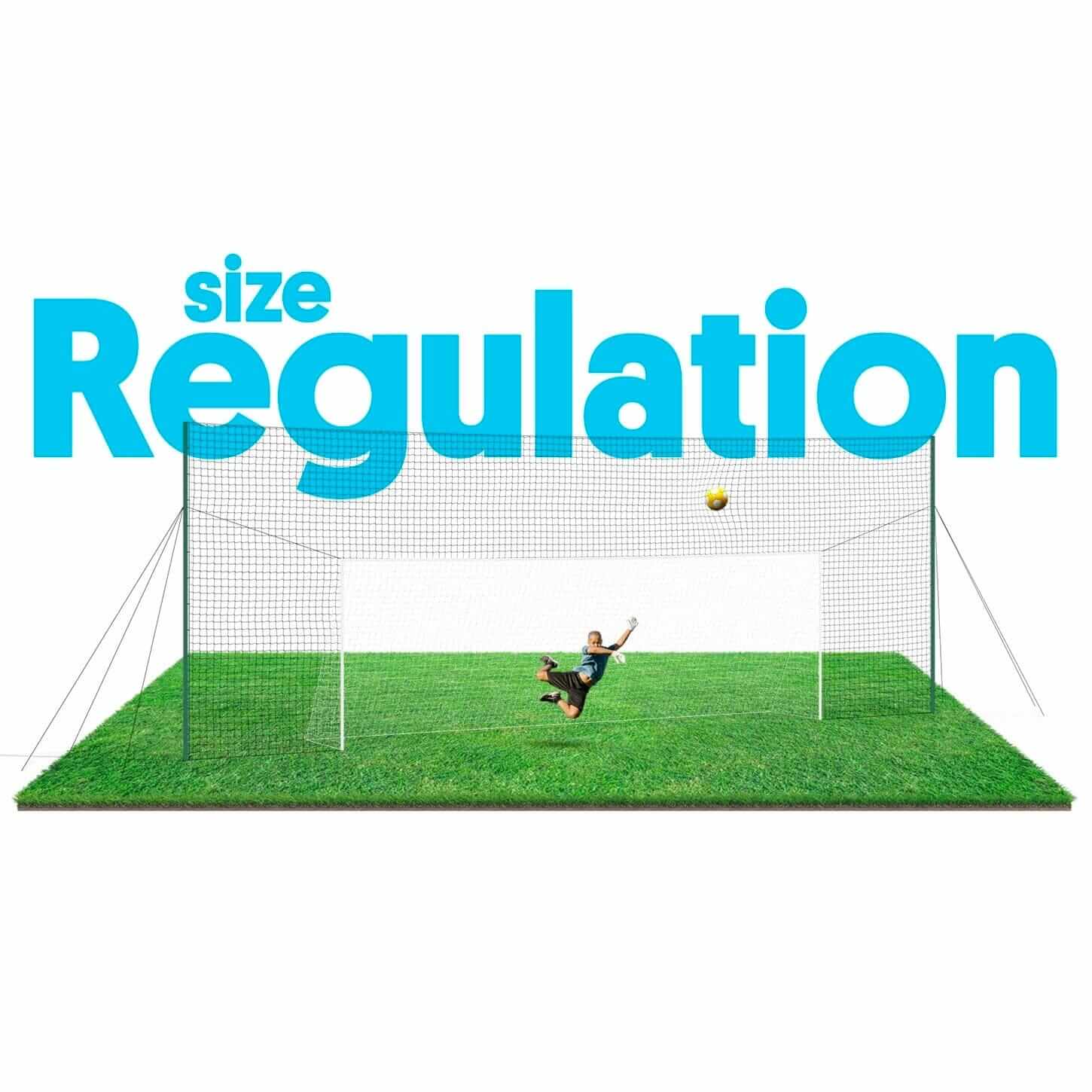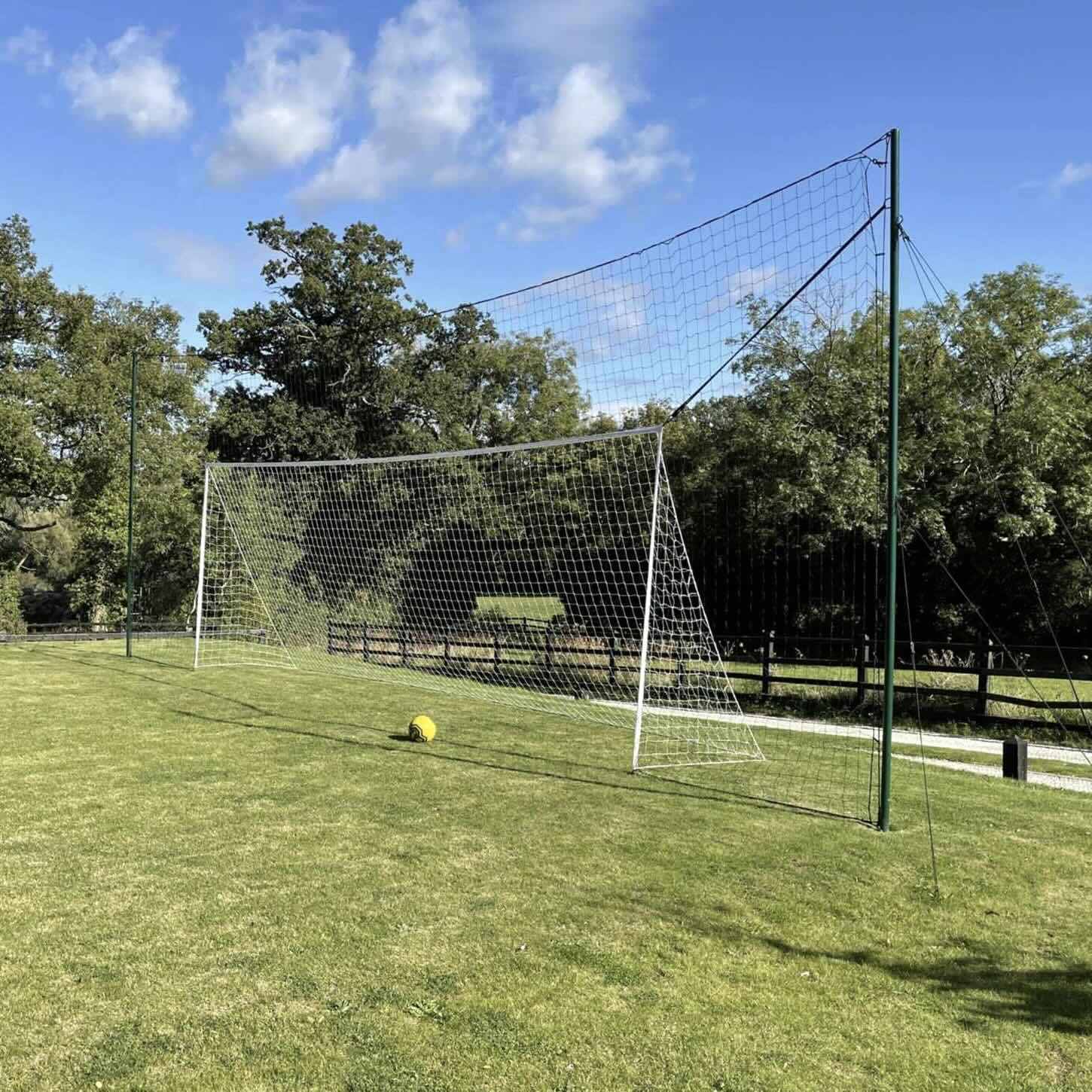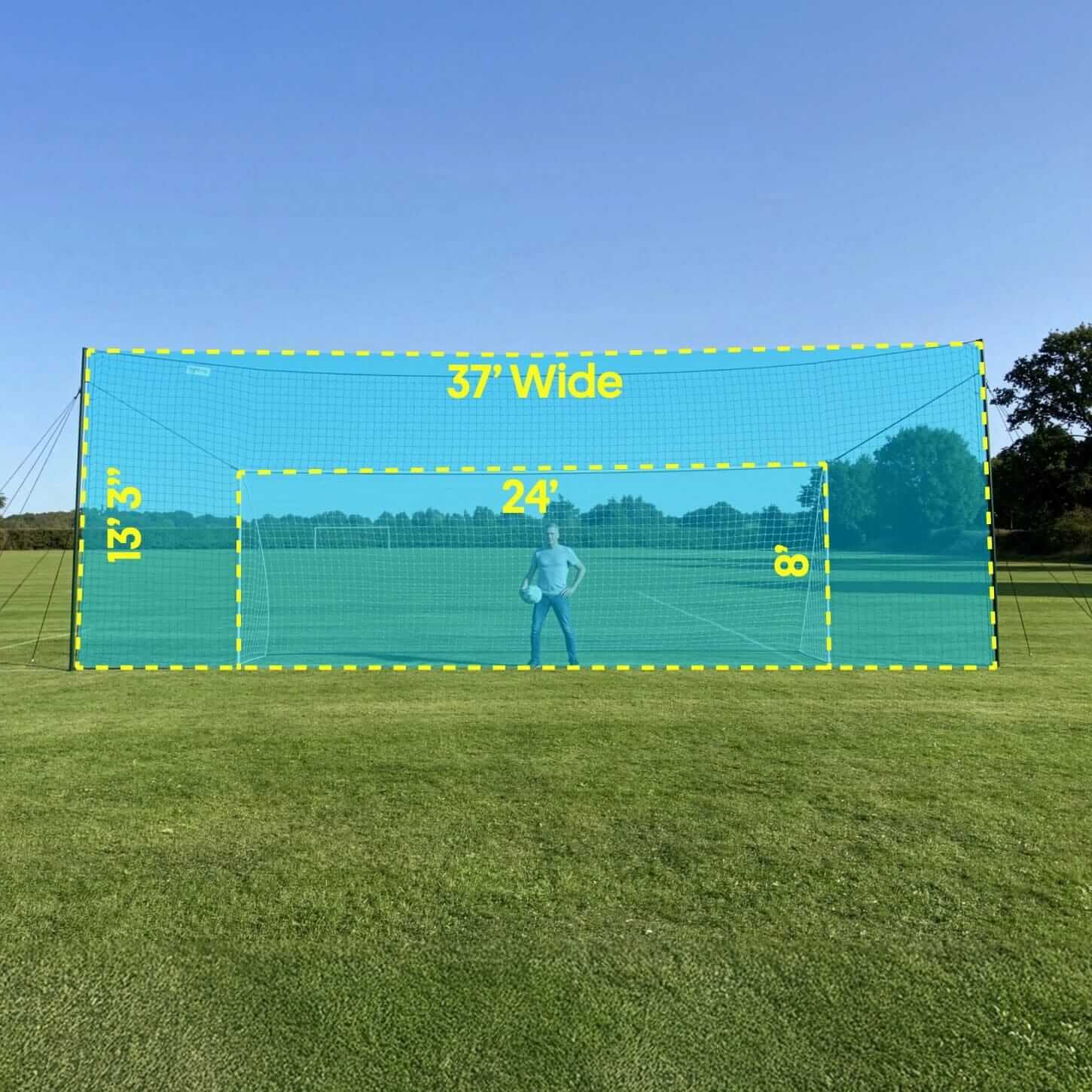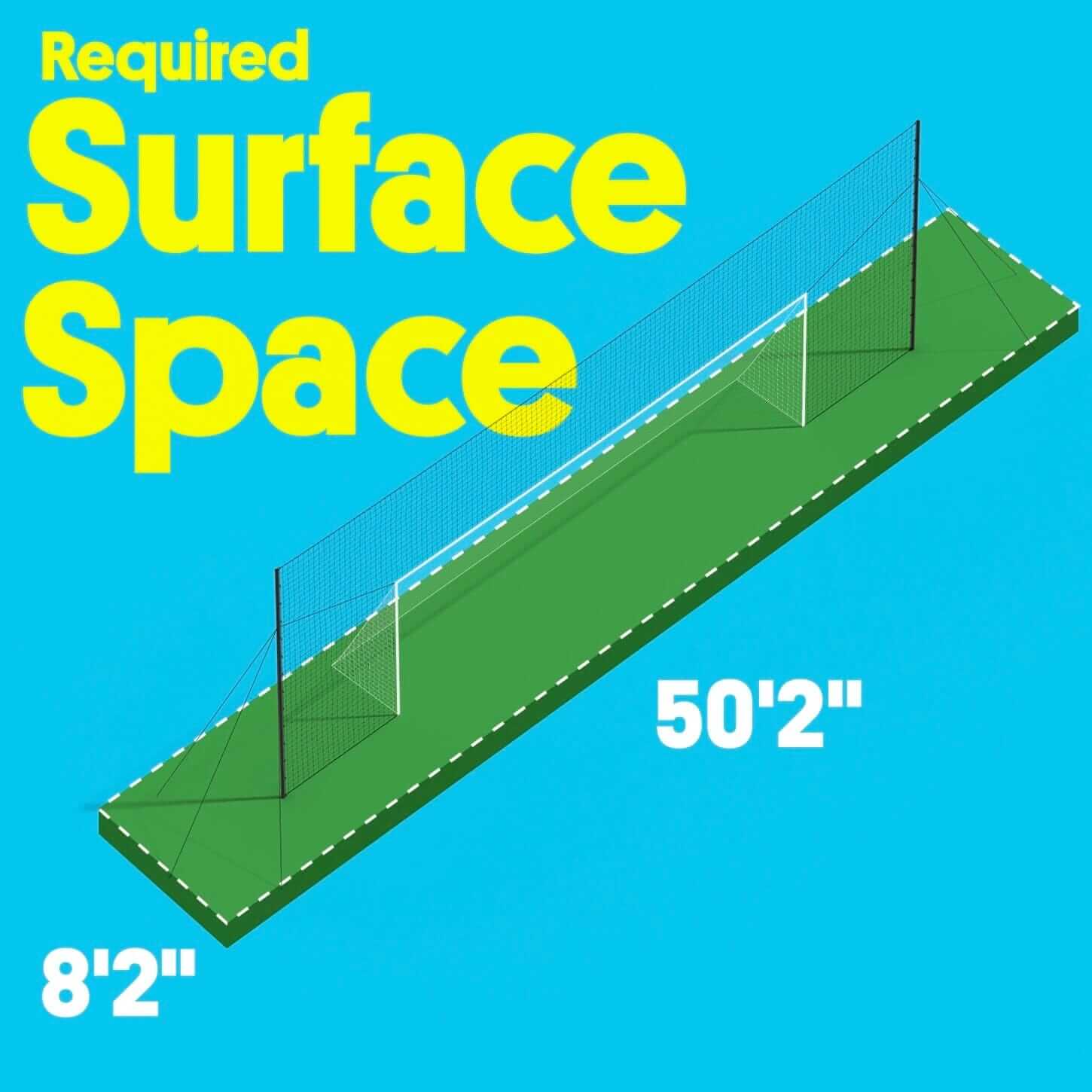At first glance, a kickoff in soccer looks like a straightforward move to start or restart a game. However, it can also be used as a set-piece situation to establish dominance in the game from the very first minute.
To understand more, let us take a look at the details about a kickoff and the rules associated with it.
What is a Soccer Kickoff?
As per the International Football Association Board (IFAB) guidelines, a kickoff starts a game in both halves of the match and also in both halves of the extra time period. It also restarts the game after a goal is scored.
The kickoff is taken at the center of the soccer field with the ball placed at the center circle mark.
Before the initial kickoff, the referee does a coin flip. The winning team gets to decide between taking the kickoff or choosing a goal to attack during the first half.
If a team chooses a goal to attack, it gets to take the kick-off at the start of the second half. Note, in the second half, the teams attack opposite goals by changing ends.
Generally, a team decides to take the kickoff after winning the coin toss. However, in some cases, a team may decide to start the game from one particular side. Then the other team kicks the ball to start the game.
Such a decision is usually based on weather conditions. In case a strong wind is blowing in one direction, the team can try to score by taking advantage of that. Or else, they might want to start the game by playing from the side where most of their supporters are based.
Other than a kickoff, the game can be restarted by throw-ins, goal kicks, direct and indirect free kicks, penalty kicks, and corner kicks. Apart from these restarts, the game can also get restarted by a dropped ball. This is performed by the referee or a goalkeeper.

Rules of Soccer Kickoffs
While the process of kickoff may seem ceremonial, there are quite a few rules that guide it. Listed below are the soccer kickoff rules for FIFA soccer tournaments and matches.
- Except for the player taking the kickoff, all other players should remain in their own half of the field.
- The players of the opposing team should maintain at least 10 yards (9.15 meters) distance from the ball until the kickoff happens and the ball is in play. The soccer ball is in play when it gets kicked and clearly moves on the field of play. Once the ball is in play, all restrictions are lifted and any player can move forward to gain possession.
- The ball should remain stationary on the center mark and should be kicked only when the referee gives the signal. The player can kick the ball in any direction during the kickoff.
- A player can score a goal directly from a kickoff. However, if the ball enters the kicker’s goal directly, the opponents get a corner kick.
Note the player taking the kickoff cannot touch the ball again until it has touched another player. So, the kicker can pass the ball to a teammate but cannot dribble with it.
In case of such an offense, the referee can award an indirect or direct free kick to the opposition. In case any other offense is committed during the kickoff, it is retaken. In case a soccer player intentionally delays the kickoff by taking too long to kick the ball, they can be shown a yellow card.
Who Takes a Kickoff in Soccer?
The toss decides which team will start the game through the soccer kickoff. After a goal, the team that conceded the goal takes the kickoff. Any player from the team can kick the ball from the center mark.
How Does a Soccer Game Start?
A soccer game starts with a kickoff by one team that gets the ball in play. The same process is followed when the game restarts after halftime.
How a Soccer Game Restarts After a Goal Is Scored
Once a goal is scored, there is a temporary stoppage of play that allows the scoring team to celebrate. Then the opponents restart the game from the center of the field by taking the kickoff. All the laws of the game that guide the kickoff process are followed during the restart. Keep in mind, there is no coin toss during this restart.

Best Soccer Kickoff Strategies
It is possible for a team to gain a psychological advantage by making a sharp move toward the opponent’s goal during a kickoff. This will demonstrate self-confidence and the will to dominate the game. Teams looking to get better in soccer can make use of such strategies to gain an early advantage.
Moreover, many players might lack concentration during the opening moments of a soccer match. Teams can take advantage of this by making a quick attack. However, that requires sanctioning each player a definite role during the kickoff process.
Here are a few effective kickoff strategies that can be practiced even in backyard soccer training sessions with fewer players.
Strategy 1
One common kickoff strategy is to secure possession by passing the ball back to the defenders. Then an attack can be organized by passing the ball to a midfielder and moving forward. However, the opponent can press forward and try to gain possession in the upper half of the playing field.
Strategy 2
A more offensive strategy is to play the ball sideways to a teammate. This can generate an attacking move, allowing the team to move up the pitch quickly and shift the play into the opposition’s half. However, make sure to place enough defensive cover to stop a counterattack.
There are various ways of generating an attack from a kickoff that can catch the opponents off-guard. One way is to let one of the wingers move forward from the side. The attacking players move ahead simultaneously to collect a cross from the winger.
Strategy 3
Pass the ball to a player who can kick it over a long distance, to one side of the field toward the opposition’s goal. At the same time, line up several players who will move to that side to keep possession. The idea is to pin the opposition players to one side and test their goalkeeper by taking an early shot at the goal.
Final Thoughts
While the idea of a soccer kickoff may seem unexciting, keep an eye out for some of the strategies that teams use to start the game. It is important for soccer players to understand the kickoff rules to prevent an offense and practice the moves using the right training equipment.
Once your players have a clear idea about the rules of soccer it is time to focus on the practice sessions. This is where an Open Goaaal 3-in-1 trainer can be a great choice to enhance the output of the practice sessions.
By combining a rebounder and a backstop with a goal, this trainer helps youth soccer players to enhance their skills at a faster rate.


